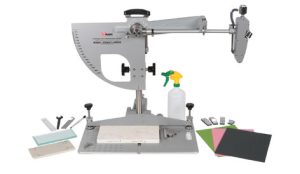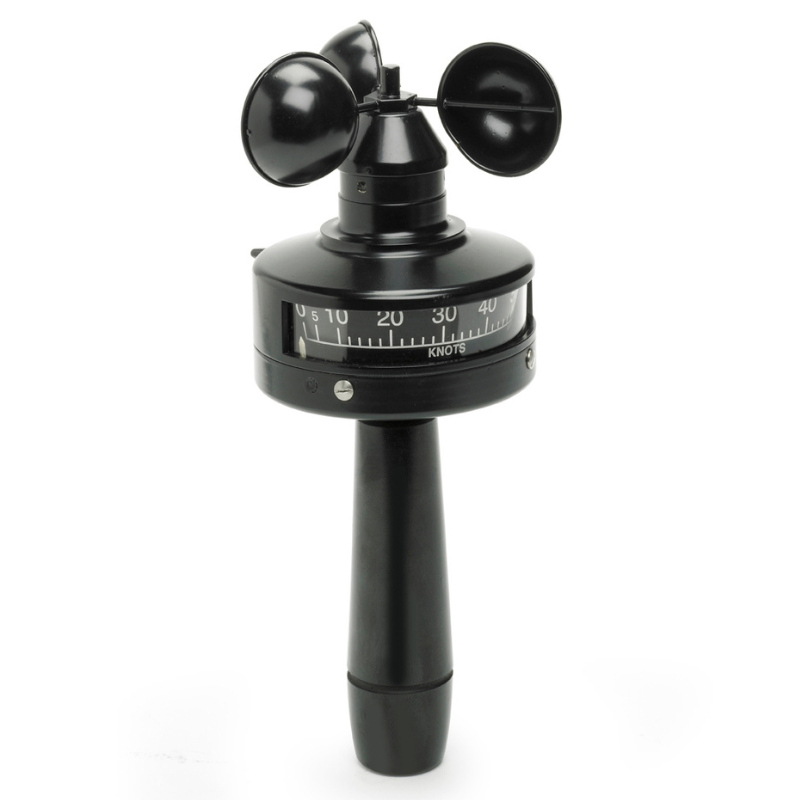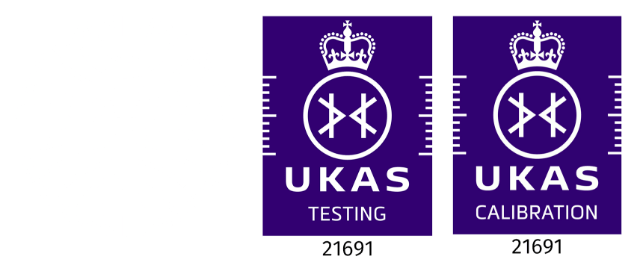At Munro we have always taken a pragmatic approach when assessing slip resistance and helping clients to reduce slip risk. Slip resistance ratings are more widely available than ever before for new products, but how does a number or letter on a box translate to safer floors and fewer slip accidents?
Understanding Slips & Falls
Slips occur when a pedestrian requires a greater level of grip, or slip resistance, than a surface can provide. Their foot slides over the surface, causing a loss of balance and possibly a subsequent fall and associated injury. Understanding the level of grip typically required, and the level of grip that a pedestrian can expect in a given situation is then essential if the risk, or likelihood, of a slip is to be determined.
In clean and dry conditions, the level of grip provided to almost any shoe by almost any floor will be adequate for almost any pedestrian. Very few slips occur in clean and dry conditions as a result.
When surfaces are wet, or otherwise contaminated, the contaminant forms a barrier between sole and floor, reducing the contact and associated grip that a pedestrian will experience. The nature of the contaminant, from dry and dusty, through the more common water based, to thick and greasy, is likely to have a significant impact on the real risk of a slip.
Understanding Laboratory Slip Tests
Lab tests are conducted in tightly controlled conditions, but often these conditions won’t bear any resemblance to the end use conditions that are of interest to our conscientious health and safety manager. Floors featuring an R9-R13 value for instance, will have been tested with safety boots and motor oil contamination, telling you little about the likelihood of a person in trainers exceeding available grip levels on a dry surface. Similarly, a changing room floor with an A, B or C rating gives no indication as to the level of grip a shod pedestrian may experience, as this test procedure involves barefoot testing in soapy conditions.
The HSE and UK Slip Resistance Group’s preferred method of testing, BS 7976-2 (The Pendulum), will give an accurate indication of slip resistance for any combination of dry and wet surfaces with shod or barefoot pedestrians. Crucially, the 36 PTV (Pendulum Test Value) level has been shown to correlate historically with the level of grip required by most pedestrians, such that a 36+PTV surface is accepted as presenting a safe and acceptable risk of slip of 1 in 1,000,000.
There remains a limitation with laboratory certification however, in that it cannot predict the end use conditions of a certified floor.
Testing with Real Contamination
Whilst standard BS 7976-2 Pendulum testing is undertaken in dry and wet conditions, one of the main benefits of this test method is that it is portable and can be conducted on site. This means that the very real-life conditions, in which people really slip, can be accurately assessed. Clean and dry floors don’t cause slips, but how many floors are perfectly clean and always dry in end use?
We have conducted tests with a huge range of contaminants including but not limited to: ketchup, tomato pulp, brown sauce, mayonnaise, glucose syrup, rapeseed oil, margarine, powdered sugar, chocolate, milk, cream, motor oil, brake fluid, various soaps/gels, saw dust, plastic dust, brake dust and your run-of-the-mill dust. In each situation the results gave a valuable insight in to the actual level of grip a person in that environment could expect to encounter. Comparing the provided grip to the required grip, in an accurate model of the end-use conditions, ensures an accurate assessment of the real risk of slipping.
In, for instance, a kitchen environment, a legitimately “anti-slip” floor of 36+PTV might be installed, indicating, on paper, an ‘academic’ risk of slip of 1 in 1,000,000. Assessment in situ however, incorporating an understandably imperfect cleaning regime and a subsequently greasy floor surface, may return a less satisfactory but more accurate ‘real’ slip resistance of 24PTV. Such a result indicates a high risk of slipping and is likely to land responsible parties on the wrong side of any slip injury compensation claim.
Limitations of Testing
Whilst testing with the Pendulum is able to incorporate real flooring and real contaminants, it must rely on a standardised ‘sole’. This approach means that floors can be accurately classified as safe or slippery, but the impact of footwear on the real risk of slip is not properly modelled. Whilst this appears at first inspection to be a significant weakness to the method, the impact of this is both necessary, and limited.
In most environments footwear controls are not possible, and even where they are the type of sole is likely to vary in levels of wear and contamination, if not design. Knowing how a floor surface performs with a given sole is only of use to a health and safety manager if they are able to ensure only this sole access the surface.
Conversely, testing with all possible sole types would be an impossibility, and provide data that was largely meaningless when trying to determine the real risk of a slip occurring.
It is a requirement of UK law that surfaces are safe to walk on. It is commonly accepted that surfaces presenting a PTV of 36 or greater in the conditions of end use can be considered safe and suitable in terms of slip resistance. The impact of footwear on the real risk of a slip is minimised as the floor surface is relied upon to provide an appropriate design and grip level for end use conditions.
Where the flooring is safe and suitable, the footwear used is unlikely to meaningfully impact the real risk of a slip, and responsible parties have discharged their duty of care in providing a safe environment. Where footwear is necessary to ensure a safe working environment, this would constitute PPE and should be the last line of defence after every effort has been made to both limit contamination and improve flooring performance. In this situation the Pendulum test will accurately identify that the risk of slipping exists and requires attention. Only at this stage is testing of particular shoe soles (using a different testing method) likely to yield a reduction in the real risk of slip.
The real risk of slipping is of crucial importance when managing the health and safety of any given environment, but it is often overlooked. Those seeking to ensure low slip accident rates can employ our slip risk assessment service to expertly assess the real risk of a slip occurring, and impartially recommend pragmatic solutions to slippery situations.







